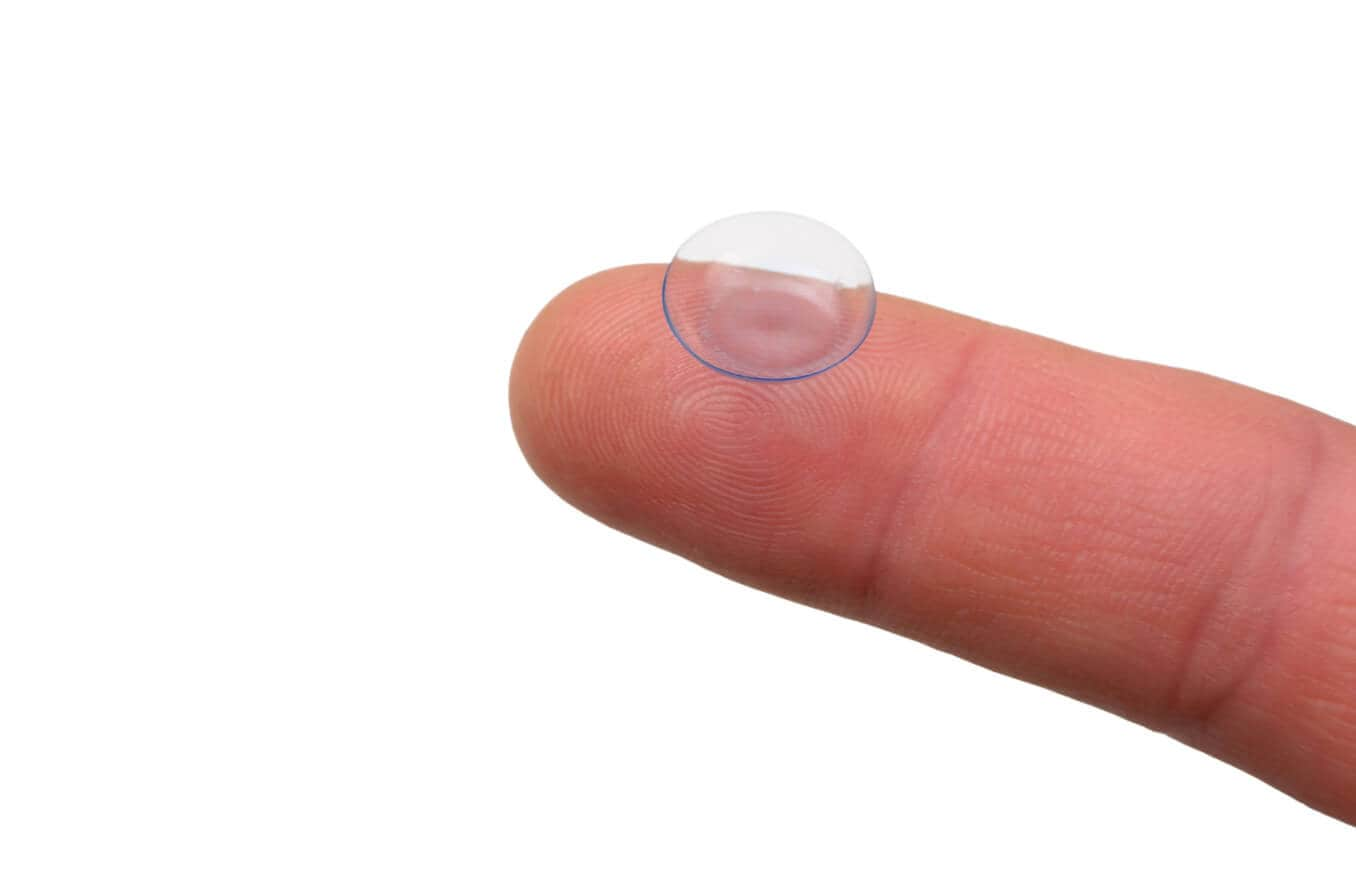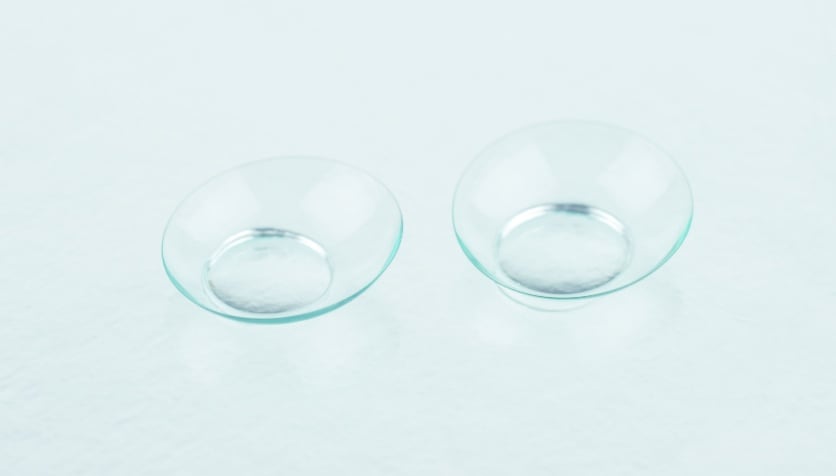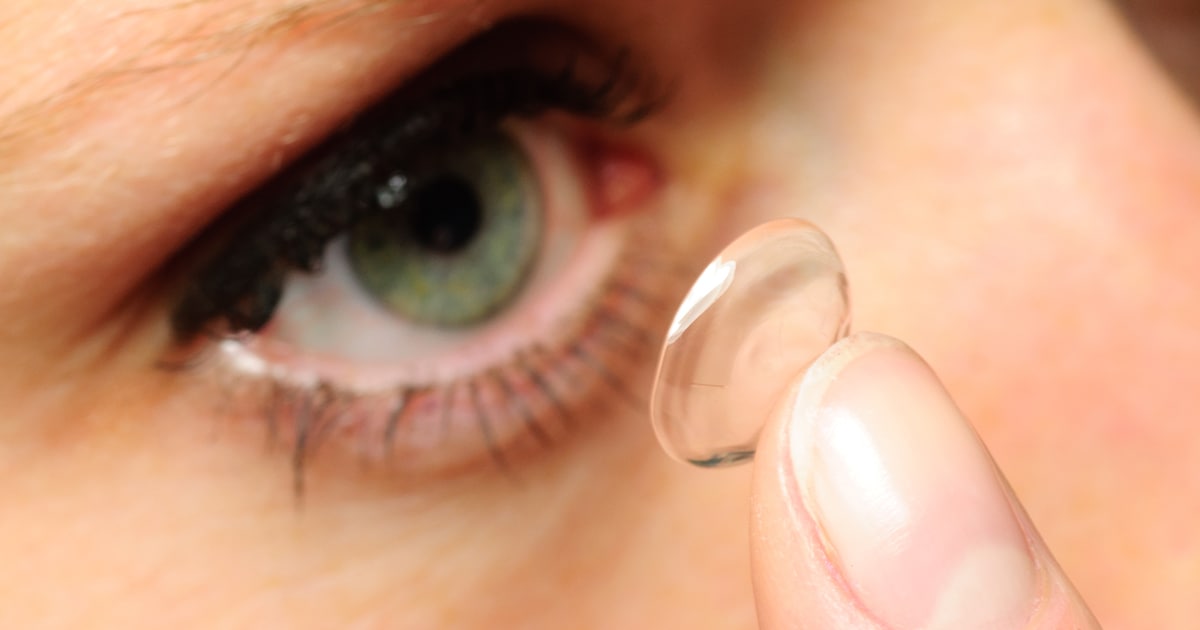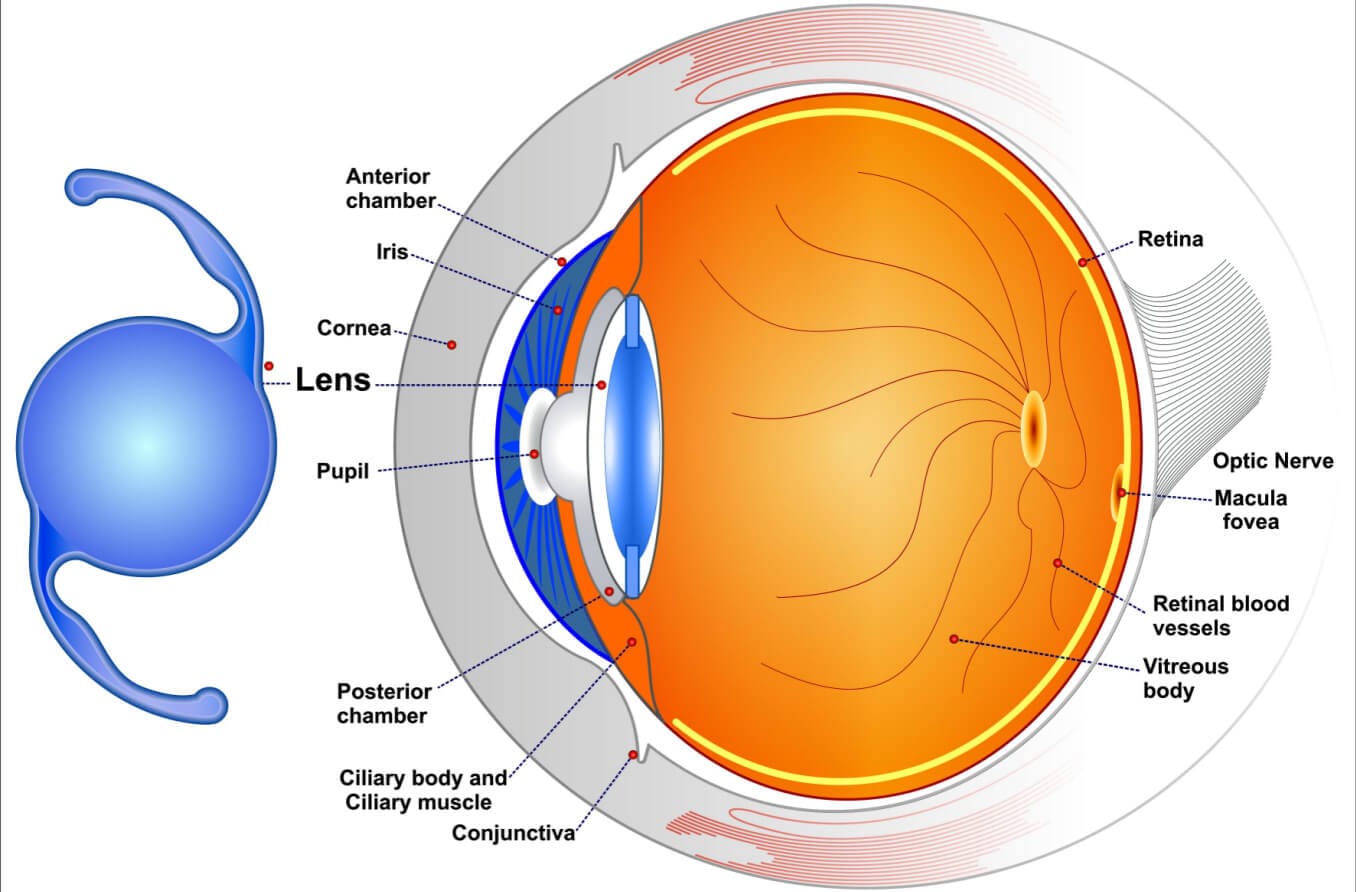What are astigmatism contacts?
Contact lenses for astigmatism are specially designed to correct the visual effects of astigmatism — a common refractive error caused by a misshapen cornea. In today’s modern contact lens market, people with astigmatism have more options than ever.
Contact-wearers often use one of three types of lenses to correct the effects of astigmatism:
- Toric lenses
- Gas permeable lenses
- Hybrid lenses
Certain specialty contacts are also available specifically for astigmatism.
People with mild astigmatism usually tolerate toric lenses (soft contacts) well, but rigid gas permeable or hybrid contacts may be able to offer even sharper vision.
Deciding which contacts are best for your astigmatism depends on how well you tolerate each lens, the characteristics of your eyes and your current level of astigmatism.
Toric lenses
Toric lenses are soft contact lenses that correct astigmatism. Sometimes they’re just called torics.
Toric contact lenses are made from one of two materials:
- Hydrogel
- Silicone hydrogel
Silicone hydrogel lenses are more breathable than their conventional hydrogel contacts, but they can also be a little more expensive.
There are two important differences between toric lenses and the “regular” soft lenses that only correct nearsightedness or farsightedness:
- Toric lenses focus on different parts of the lens to correct the nearsightedness or farsightedness that goes along with astigmatism.
- Toric lenses have a design feature that allows them to rotate to the perfect angle on the front of your eye.
Every eye with astigmatism is unique, so it can take some trial and error to find the right lens with the best fit, comfort and visual sharpness. Your eye doctor may experiment with two or three different brands before finding the perfect pair.
It generally takes more expertise for an eye doctor to fit a patient for toric contacts than it does for regular lenses. For this reason, a toric lens fitting may cost more than a regular contact lens fitting.
Since torics are more complex in design, the cost of replacing them will be higher than most regular contacts. The exact price will depend on the lens design, lens material and where you buy them.
SEE RELATED: What are Biofinity toric contact lenses?
Gas permeable lenses
Gas permeable contact lenses are another popular type of contact lens for astigmatism.
You might also hear gas permeable lenses called:
- GP lenses
- Rigid gas permeable lenses
- RGP lenses
All of these terms refer to the same kind of lens.
In most cases, GP lenses can correct astigmatism without a specialized toric design. This is because they’re rigid and retain their shape on the eye’s misshapen surface, instead of conforming to the surface like soft lenses do.
The only gas permeable lenses that do have toric designs are those prescribed for high or unusual levels of astigmatism.
Another gas permeable option is scleral lenses: larger lenses that provide excellent astigmatism correction — even for irregular eye surfaces.
Many people with astigmatism find that their vision is noticeably sharper with gas permeable lenses than it is with torics. But since they’re thicker and more rigid, they can take more time to adapt to. And some people simply can’t get used to the sensation of thicker lenses on their eyes.
Fitting gas permeable contacts usually takes more time and expertise than fitting soft contact lenses (including torics). GP lenses are also custom-made to your specific eye measurements.
This means that GP lenses and fittings usually cost more than soft lenses and lens fittings. However, this type of lens doesn’t need to be replaced as often as soft contacts do, so lens costs can end up being similar over time.
SEE RELATED: How doctors test for astigmatism
Hybrid lenses
Hybrid lenses are a sort of mixture between soft lenses and gas permeable lenses. They can give wearers a high level of sharpness without sacrificing comfort.
Hybrid lenses have two important features:
A center made of a gas permeable material
A surrounding area made of soft hydrogel or silicone hydrogel material
Hybrid lenses are less likely to get dislodged during sports and other physical activity since they’re about the same size as soft lenses, with thinner edges than gas permeable lenses.
Like gas permeable options, fitting hybrid contact lenses also takes more time and expertise than fitting toric lenses. They’re also custom-made for each wearer’s eyes, which increases costs.
You can expect hybrid contact lens fittings and replacements to cost about as much as they would for GP lenses. But, like GP lenses, hybrid contacts don’t need to be replaced as often as soft contacts do.
Specialty contacts for astigmatism
There used to be very few options available for astigmatism contacts, especially for lenses that corrected unusual or high amounts of astigmatism. But that isn’t the case anymore.
Today, disposable contacts are available in many designs for monthly, biweekly and even daily replacement.











